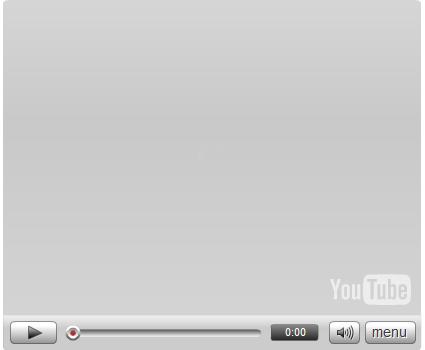Digital turntablism is nothing new. But Ammobox, debuted at the first-ever CDM Futuristic Music Design Challenge, is unique in a number of ways. What creator Nathan Ramella has done differently:
1. He’s demystified digital vinyl timecode. With no previous DSP programming experience, Nathan created his own custom tool for reading vinyl timecode — and explains how he did it.
2. He’s changed the rules of scratching — it’s now polyphonic scratching. As Nathan puts it, "You get a polyphonic sampler that can layer multiple samples at the same time and scratch them all simultaneously." Yep: no more does digital vinyl simply replicate what records do normally. Here, it actually works as a digital instrument, manipulating layers of samples as you go. Check it out running in Ableton Live as a demo at top, though other hosts could work, as well, if you prefer.
3. He’s giving everything away. You’ll need some vinyl, and because the sonic wonders are all built in Reaktor, you’ll need a copy of NI’s modular mad science lab. But the ensemble itself is released under the GPL v2, which could make it a great way to learn more of the mysteries of Reaktor.
Download the library, free [ Direct Link ], or head to the rabbit hole that is NI’s User Library
Clarification: I should add that part of what makes Ammobox cool is actually that Nathan’s doing the timecode decoding the "wrong" way. Normally, a timecode system like Ms. Pinky or Traktor Scratch reads speed, direction, and absolute position. Position is the hard part, and the part that’s dependent on sophisticated error correction. What’s clever here is not that AmmoBox is likely to replace those systems (that’s not the point), but that by breaking the rules of how you’re supposed to do digital vinyl, Nathan’s created something different and expressive.
Nathan describes the system in greater detail:

I wrote a universal timecode decoder (universal to the extent that it seems to work with every type of timecode I’ve got, Final Scratch, Traktor Scratch, Torq, Serato, Ms. Pinky), so that I could get rotation speed/direction, then applied that to multi-timbrel samplers that are MIDI controlled. By triggering midi values you can inject a sample into the scratching stream, through voice control you can automatically choke it at a limits to avoid things getting mushy.
Samples can be loops or one-shots, any length (ram permitting)
This opens up a lot of interesting possibilities such as ‘simul scratching’, the ability to scratch two or more samples at the same time, ‘sequ scratching’, the ability to inject arbitrary samples quantized to the BPM of your host environment. There’s also some tricks I haven’t revealed yet that will be showing up in my next demo..
The juice of this really was getting timecode extracted in some usable form such that it could be applied to samplers / synthesizers, while this technology has existed for a while nobody that I’m aware of has applied it in the fashion I have and this is just the tip of the iceberg. It gives live performers a lot of leverage for improv and studio knob twiddlers an unprecedented amount of control over scratching.
Nathan reports that he’s back to the labs now working on something else. (Another of his achievements: contributing to the hacked Live API.)
We’re honored to have seen him in person, at a rare live appearance (for the first time in ten years, he says), adding to the mystery of his research. Carry on, man.
Previously:
Teaser: ammoBox Project Digitally Scratches … What?
PS, since it is GPL’ed, if any of you Reaktor nuts go do something with this, hope you’ll let us know about it.
